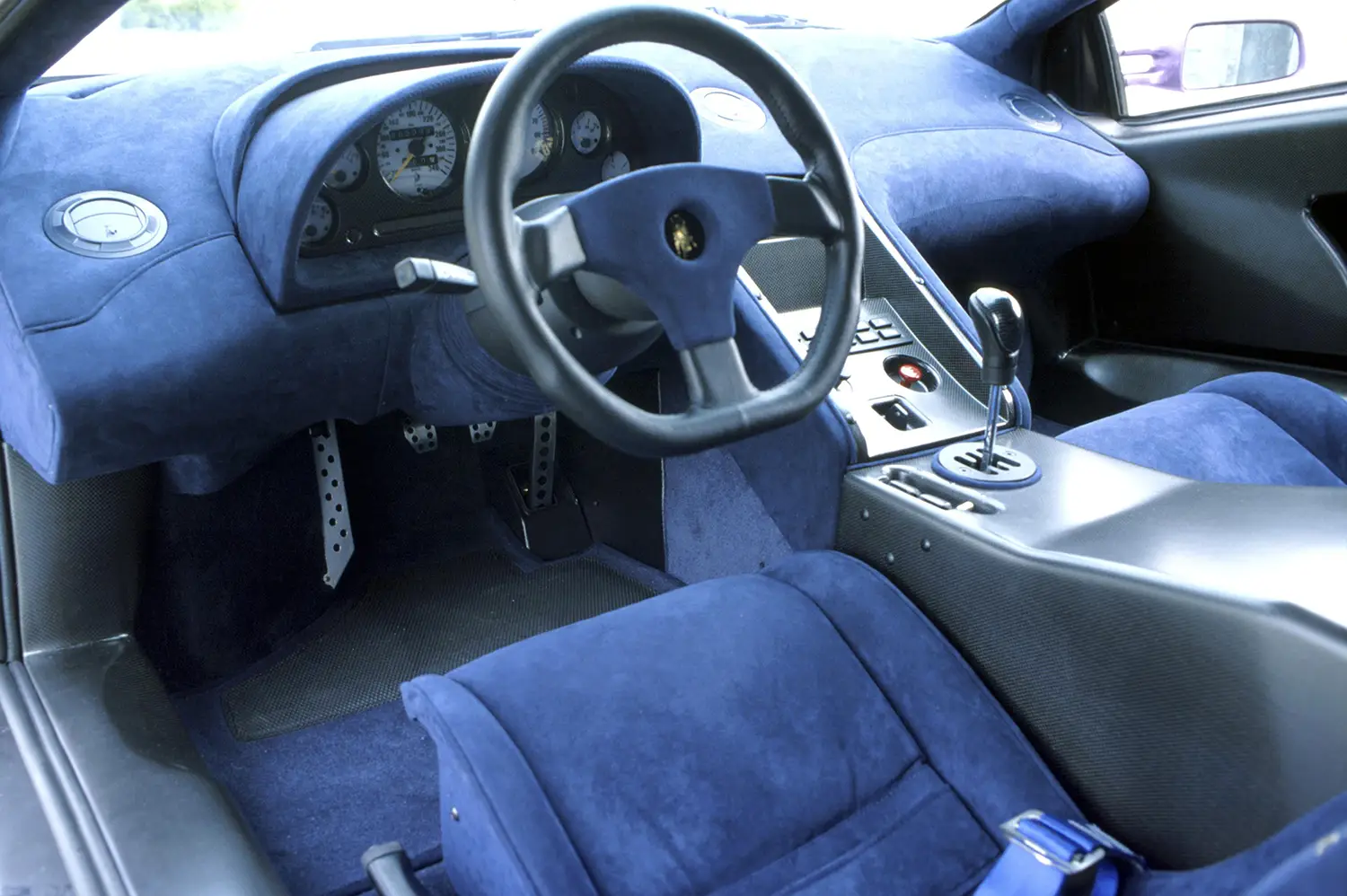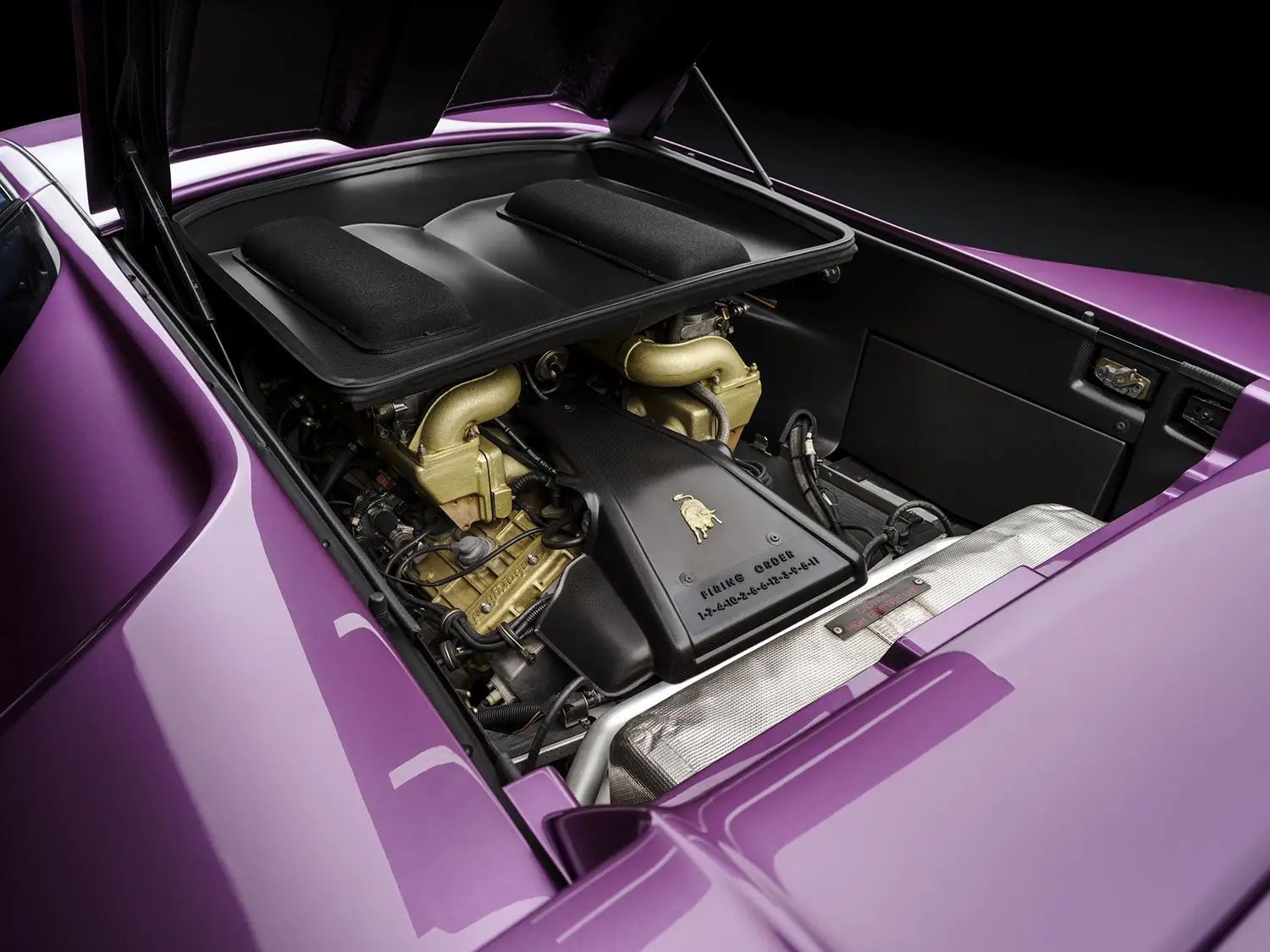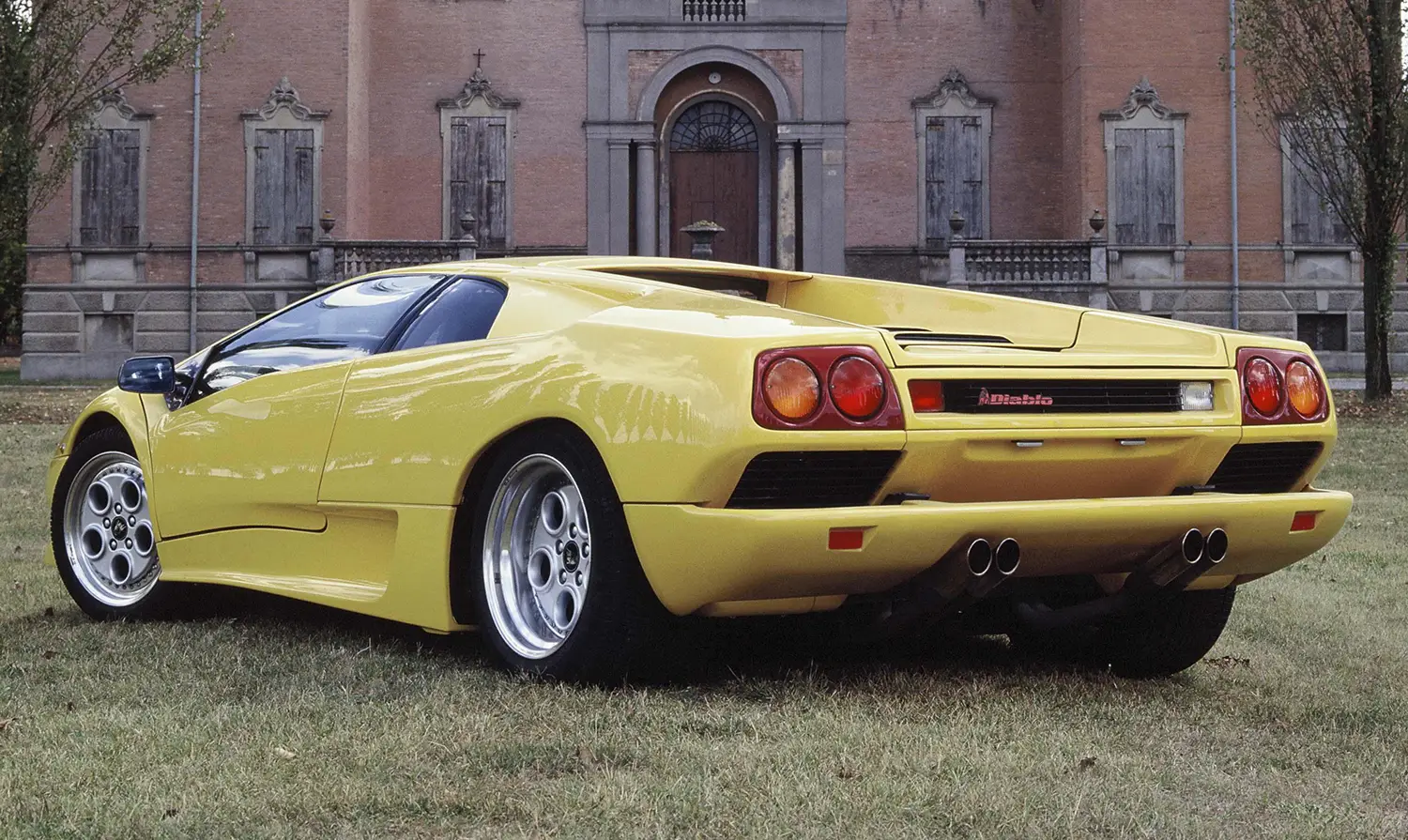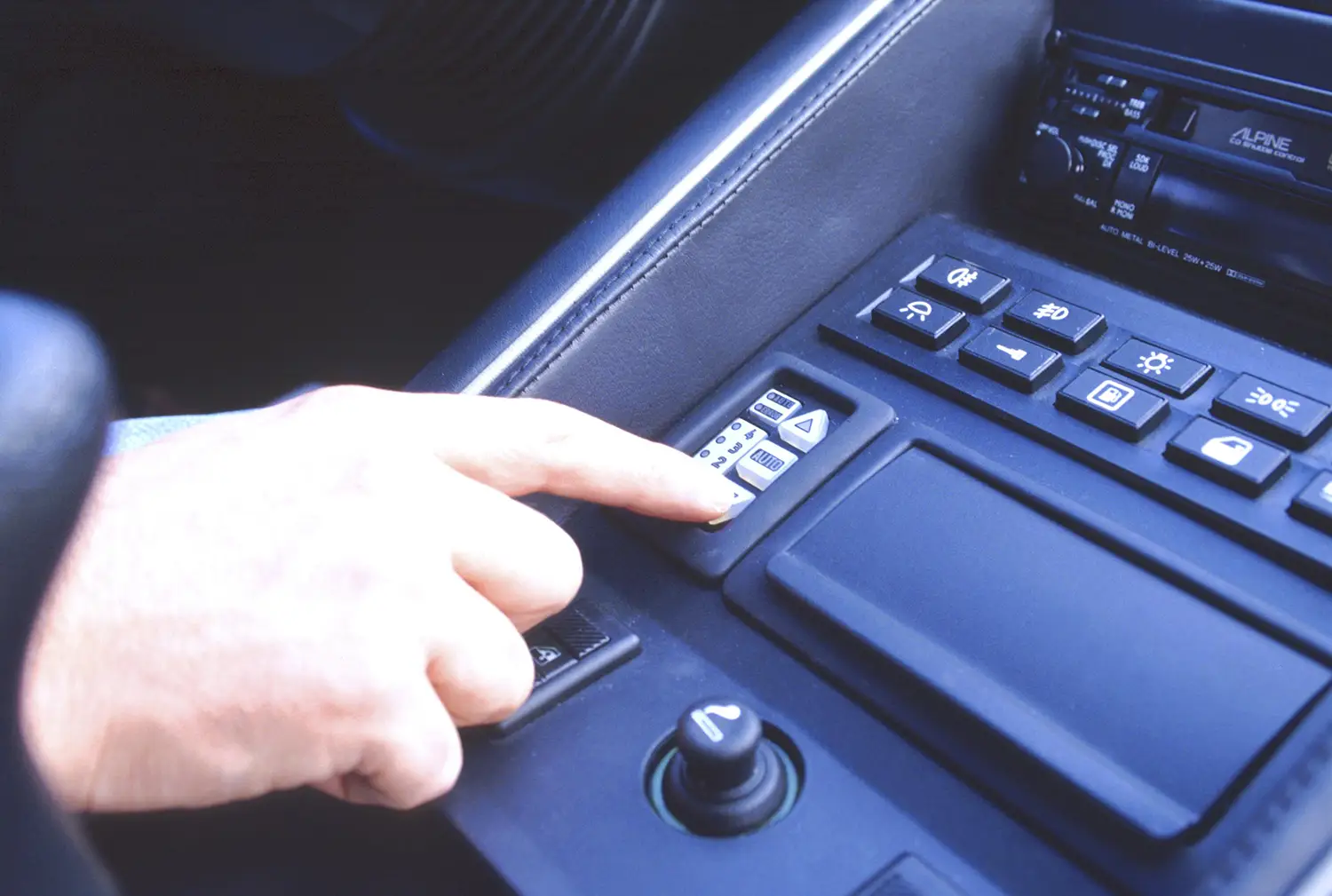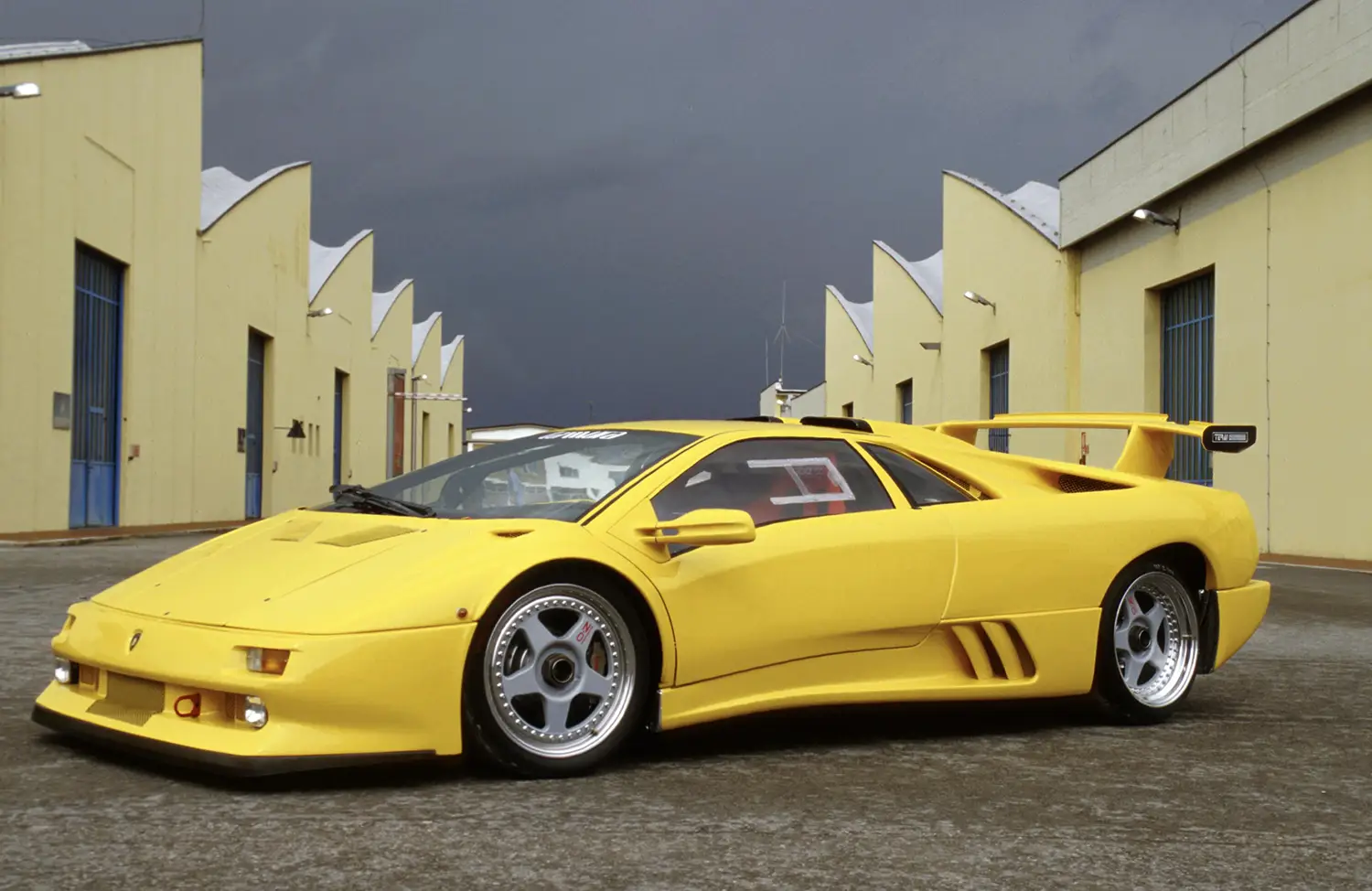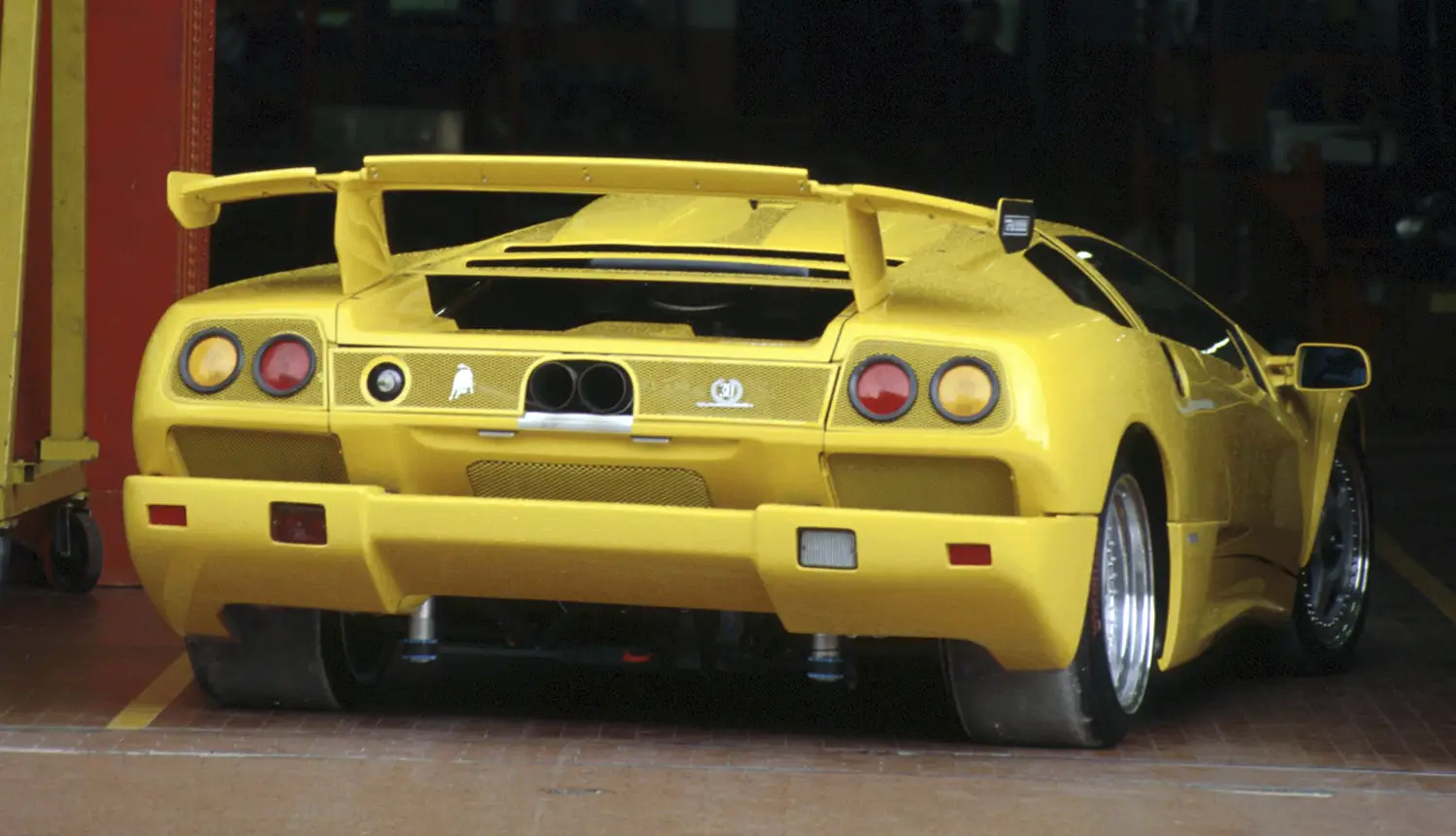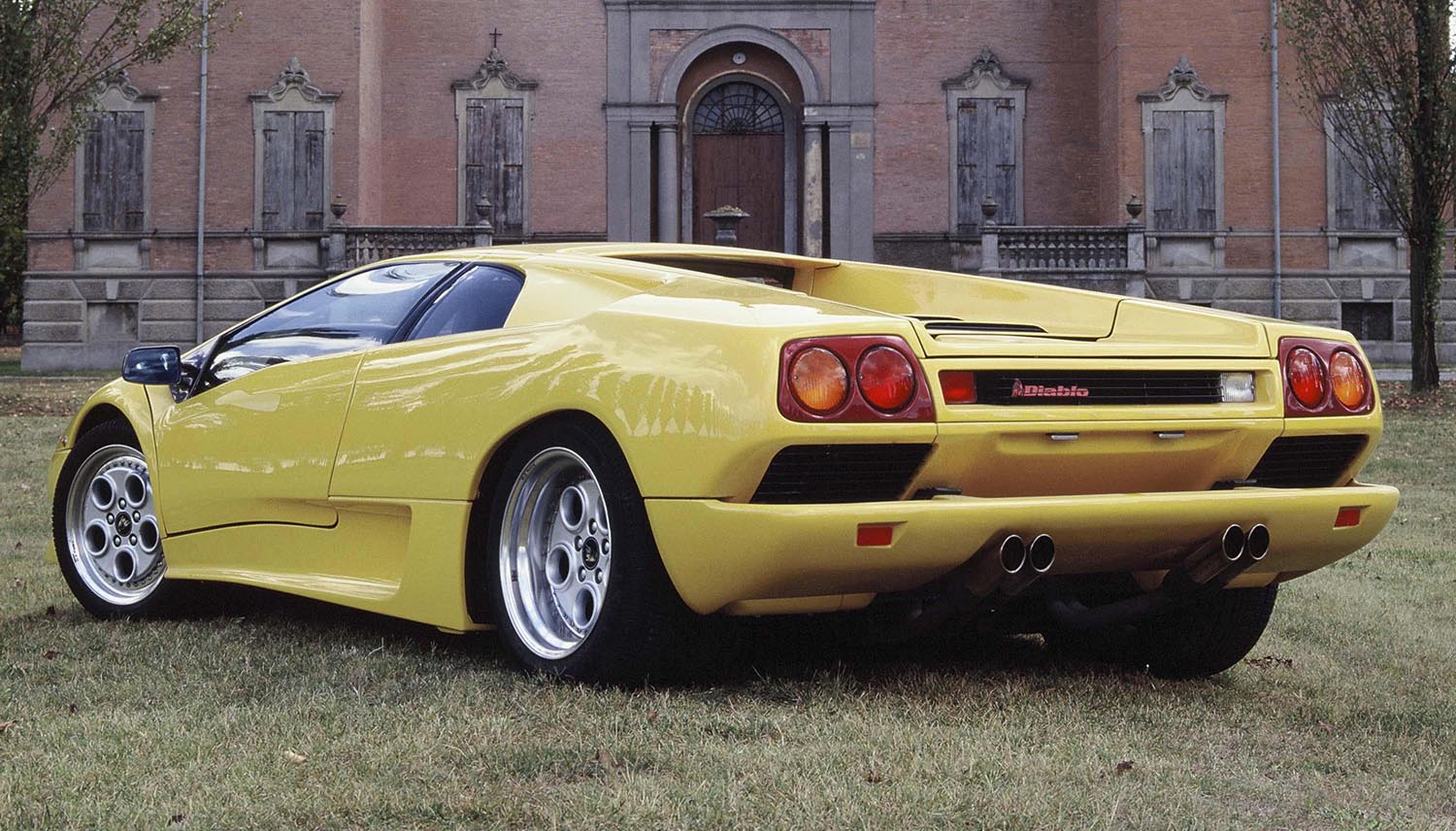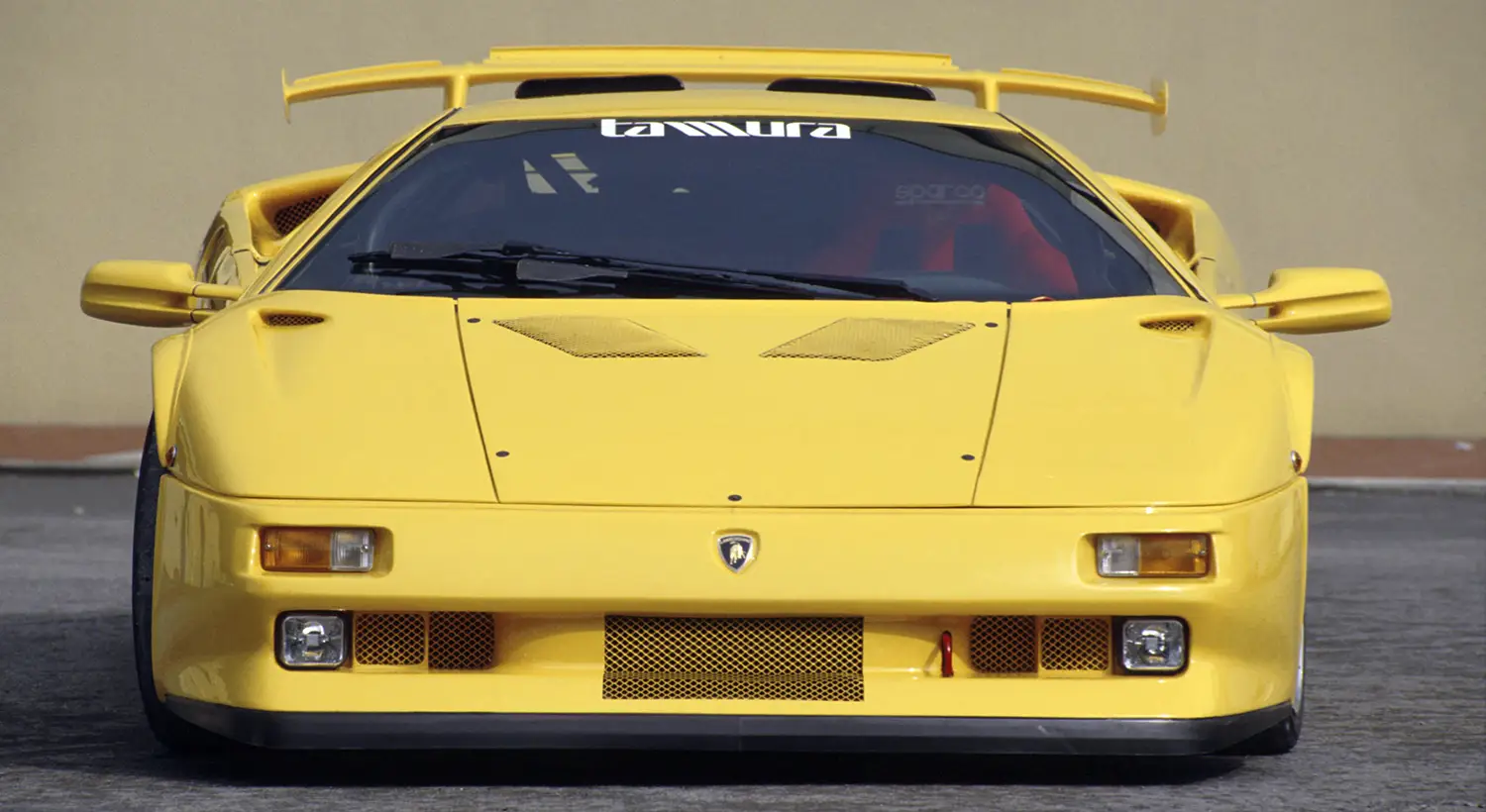
When Lamborghini unveiled the Diablo in 1990, it marked a turning point not only for the company but also for the supercar world. Now, with Lamborghini Diablo 35 Years being celebrated, the car still resonates with enthusiasts as one of the boldest designs of its era.
Origins of the Diablo
The Diablo project began in 1985 under the codename Project 132. The goal was simple yet ambitious: create the fastest road car in the world. The early prototypes already showed sharp, futuristic lines, which were later refined when Chrysler took a stake in Lamborghini. The result was a design that balanced raw aggression with a forward-looking style.
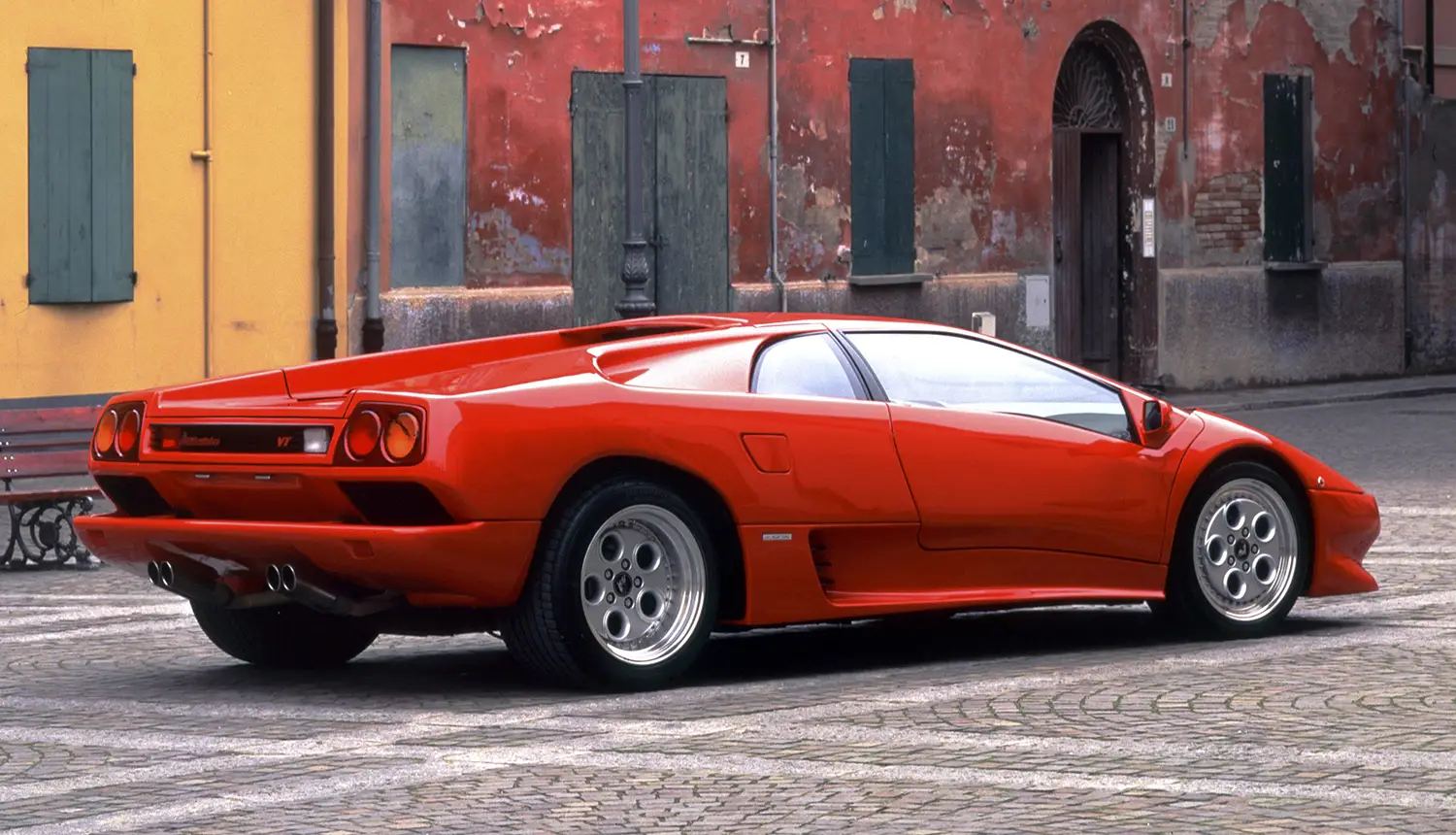
A 1990s Supercar Statement
The Diablo launched in Monaco at the start of the Monte Carlo Rally, instantly becoming a global sensation. Its name paid homage to a legendary fighting bull from the 19th century, but its appeal was more than symbolic. Orders came in before the official reveal, showing how much anticipation surrounded Lamborghini’s new flagship.
Lamborghini Diablo 35 Years of Performance
At its heart was a 5.7-liter V12 delivering 492 CV and 580 Nm of torque. The Diablo could sprint from 0 to 100 km/h in just over 4 seconds and push past 325 km/h, setting new performance benchmarks for its time. The car’s mix of tubular steel, aluminum, and carbon fiber kept weight balanced while suspension and braking systems ensured control at high speeds.
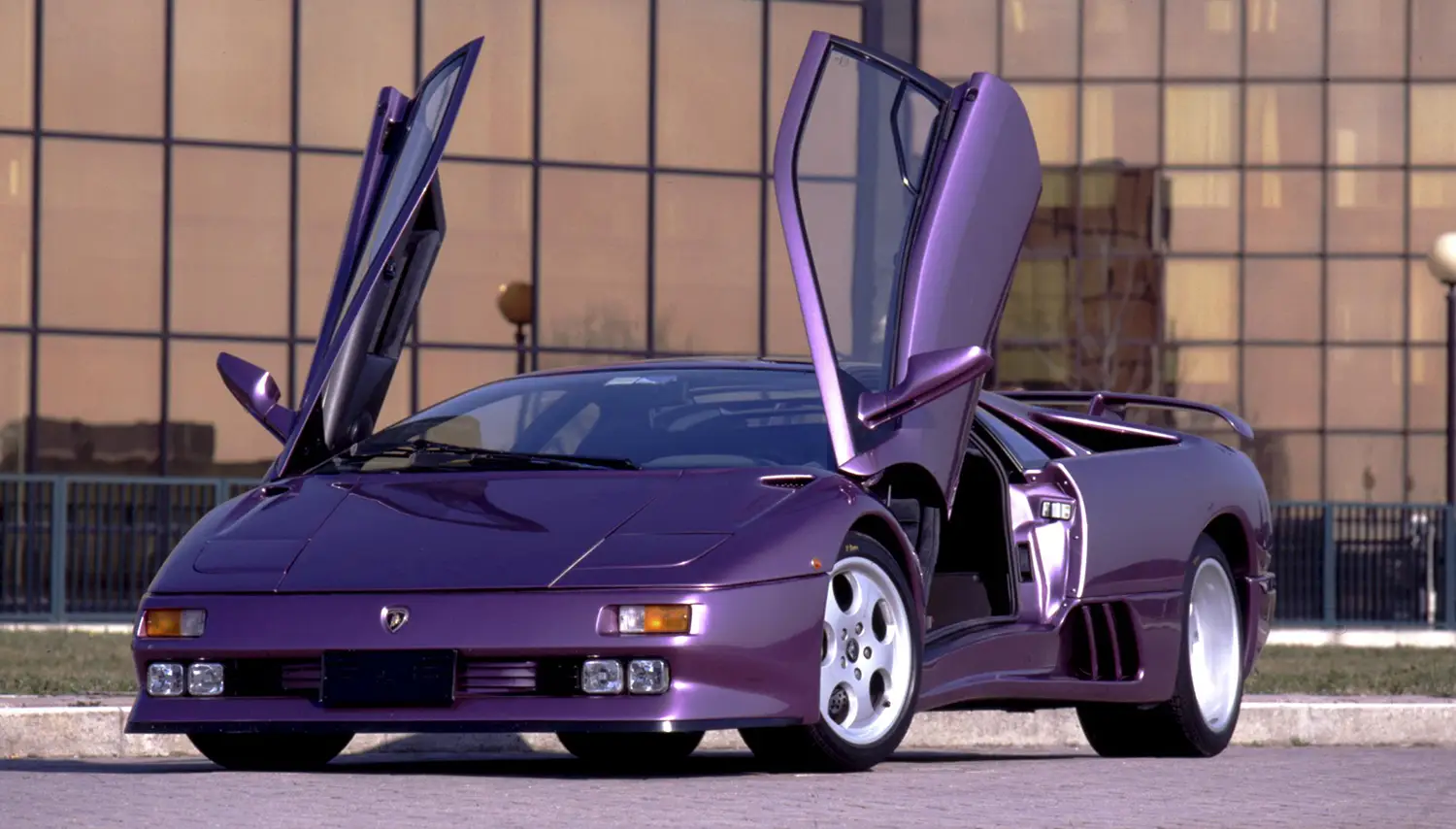
Evolution Through the 1990s
Over its eleven-year production run, the Diablo went through continuous improvements. The VT brought all-wheel drive to a Lamborghini supercar for the first time. The SE30 and Jota pushed output beyond 525 CV, while the Roadster version opened the world to V12-powered open-top driving. Later, Audi’s involvement introduced restyling, ABS, and a larger 6.0-liter engine, marking another chapter in its history.
Racing Spirit and Rare Editions
The Diablo’s story extended to the track. The SV-R kicked off Lamborghini’s single-make racing program, while the extreme Diablo GT1 Stradale and GT-R showed just how far the platform could be pushed. Limited runs and special editions, including the SE30 and GT, remain highly sought after today, with values climbing steadily.
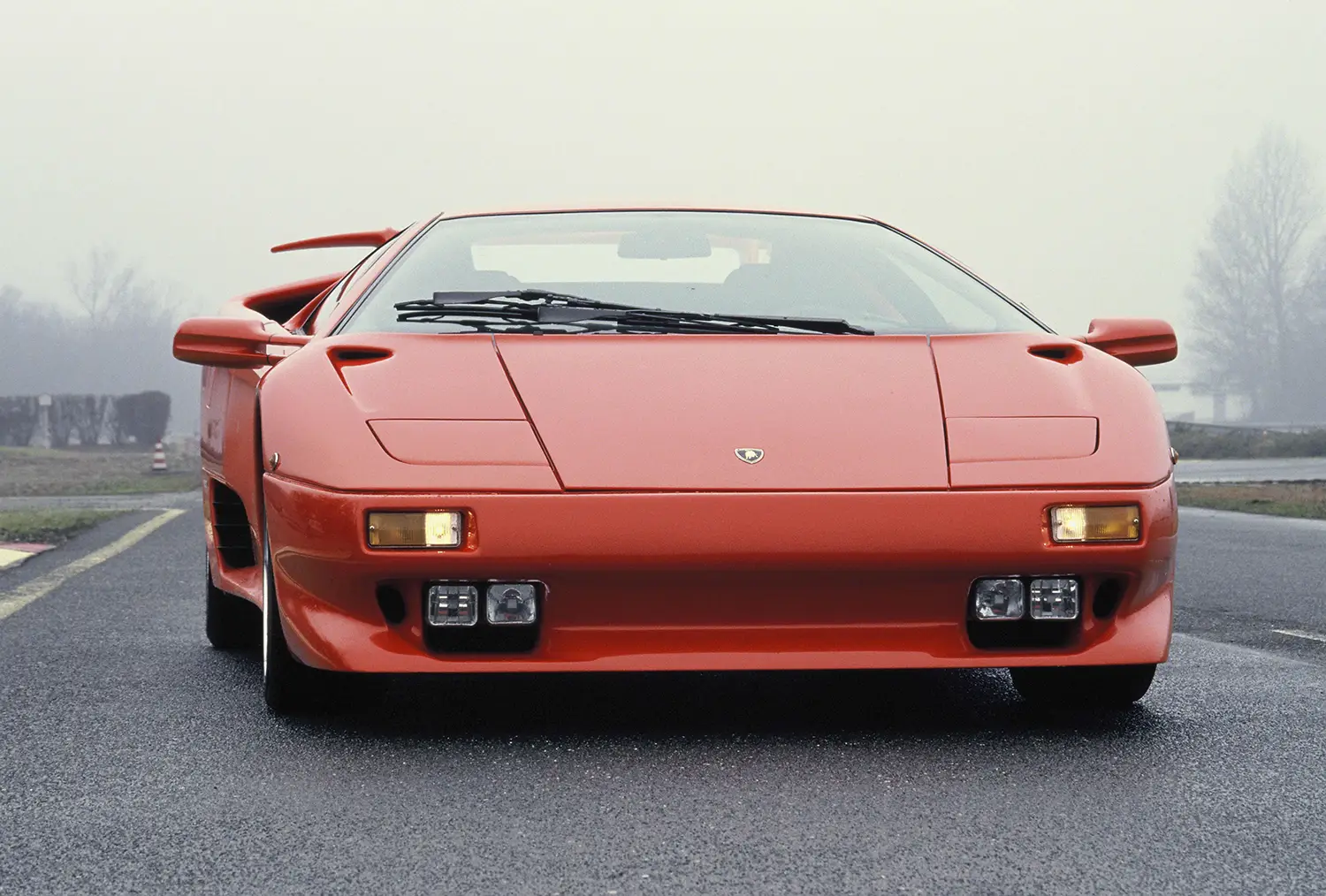
Cultural Impact Beyond Cars
The Lamborghini Diablo 35 Years legacy is not only mechanical but cultural. It starred in films such as Dumb and Dumber and Die Another Day, appeared in countless video games, and became a pop culture symbol through music videos and commercials. Owned by celebrities from Jay Leno to Mike Tyson, it cemented itself as a 1990s status icon.
Power and Performance in Detail
The Diablo’s specifications reinforced its reputation. With top speeds surpassing 325 km/h and acceleration under 4 seconds in later models, it kept pace with rivals while shaping Lamborghini’s identity for the future. The use of lightweight materials, advanced aerodynamics, and evolving V12 powerplants ensured its place in performance history.
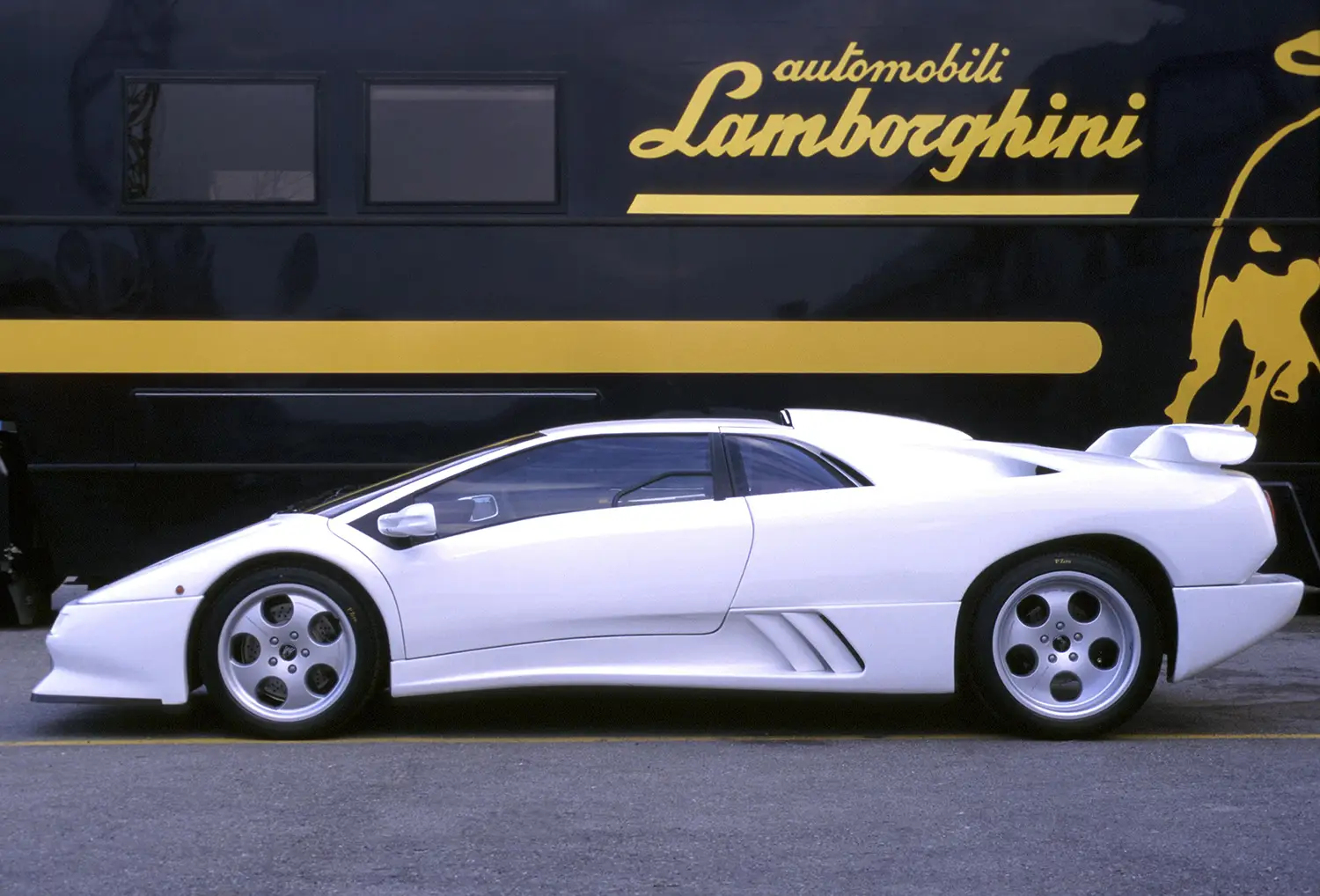
A Legacy at 35 Years
With just under 3,000 units produced, the Diablo was Lamborghini’s most successful model up to that point. Its design, performance, and cultural presence made it more than just a supercar. Thirty-five years on, thanks to Polo Storico’s preservation efforts and renewed interest from collectors, the Diablo’s influence continues to grow.
Summary
The Lamborghini Diablo 35 Years story is about more than speed records. It represents the moment Lamborghini redefined what a supercar could be. With timeless design, groundbreaking performance, and an enduring cultural presence, the Diablo remains one of the most important chapters in Lamborghini history.
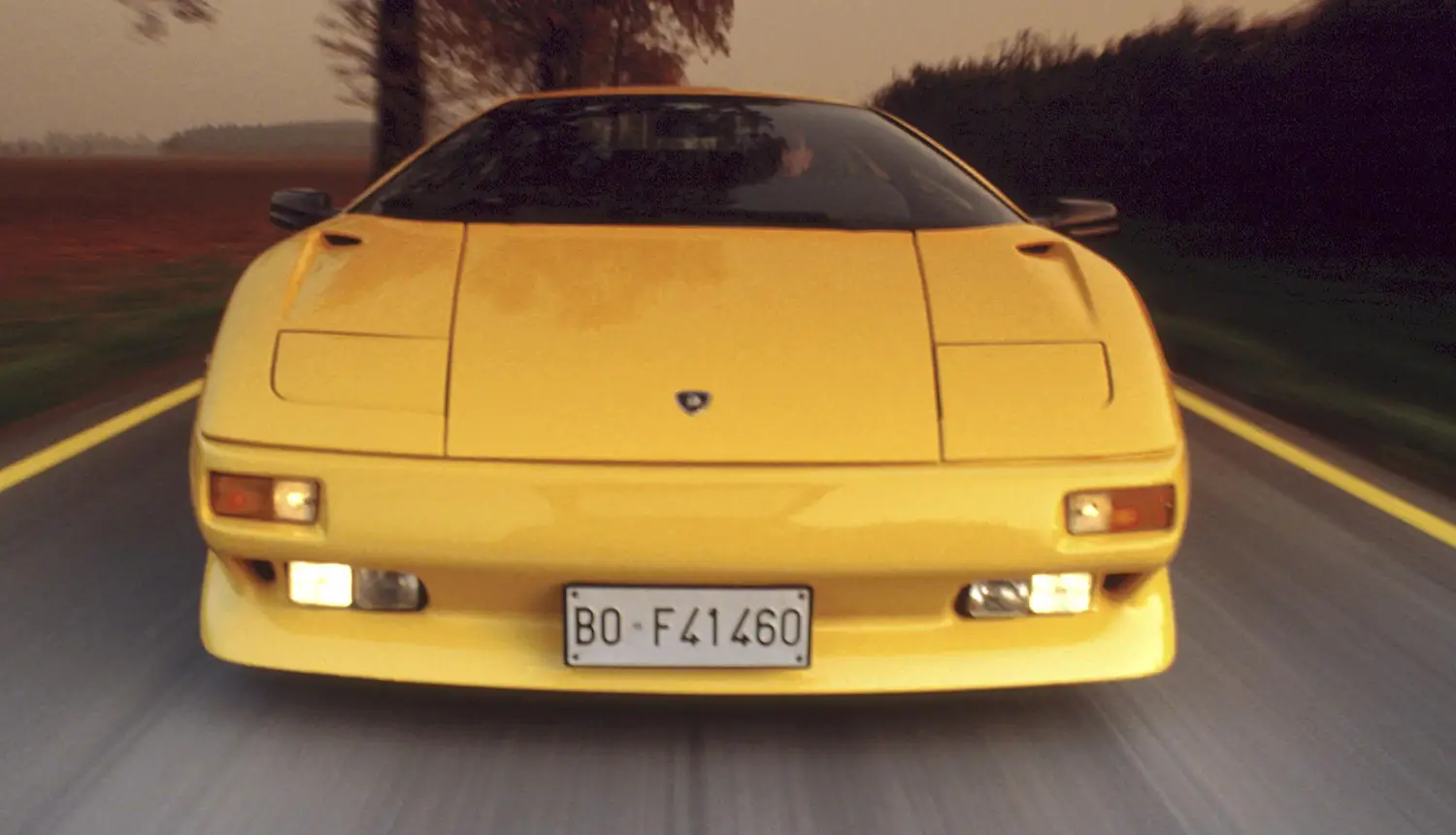
Lamborghini Diablo Models Overview
| Model | Diablo |
| Years | 1990-1998 |
| Engine | 5.7L V12 |
| Power | 492 hp |
| 0-100 km/h | 4.1 s |
| Top Speed | 325 km/h |
| Units | 873 |
| Model | Diablo VT |
| Years | 1993-1998 |
| Engine | 5.7L V12 |
| Power | 492 hp |
| 0-100 km/h | 4.1 s |
| Top Speed | 325 km/h |
| Units | 529 |
| Model | Diablo VT Roadster |
| Years | 1995-1998 |
| Engine | 5.7L V12 |
| Power | 492 hp |
| 0-100 km/h | 3.95 s |
| Top Speed | 323 km/h |
| Units | 468 |
| Model | Diablo SE30 |
| Years | 1993-1994 |
| Engine | 5.7L V12 |
| Power | 525 hp |
| 0-100 km/h | 3.9 s |
| Top Speed | 333 km/h |
| Units | 157 |
| Model | Diablo SV |
| Years | 1995-1999 |
| Engine | 5.7L V12 |
| Power | 530 hp |
| 0-100 km/h | 3.85 s |
| Top Speed | 320 km/h |
| Units | 346 |
| Model | Diablo SV-R |
| Years | 1996 |
| Engine | 5.7L V12 |
| Power | 540 hp |
| 0-100 km/h | 3.9 s |
| Top Speed | 306 km/h |
| Units | 34 |
| Model | Diablo GT |
| Years | 1999-2000 |
| Engine | 6.0L V12 |
| Power | 575 hp |
| 0-100 km/h | 3.5 s |
| Top Speed | 338 km/h |
| Units | 83 |
| Model | Diablo GT-R |
| Years | 1999-2000 |
| Engine | 6.0L V12 |
| Power | 590 hp |
| 0-100 km/h | 3.5 s |
| Top Speed | 338 km/h |
| Units | 32 |
| Model | Diablo 6.0 |
| Years | 2000-2001 |
| Engine | 6.0L V12 |
| Power | 550 hp |
| 0-100 km/h | 3.9 s |
| Top Speed | 330 km/h |
| Units | 337 |
| Model | Diablo 6.0 SE |
| Years | 2001 |
| Engine | 6.0L V12 |
| Power | 550 hp |
| 0-100 km/h | 3.9 s |
| Top Speed | 330 km/h |
| Units | 44 |
Disclaimer: Content on this site is for informational purposes only. Vehicle specs, pricing, and availability may change. Always verify details with official sources before making decisions. Opinions are those of the authors.
Source: Lamborghini
